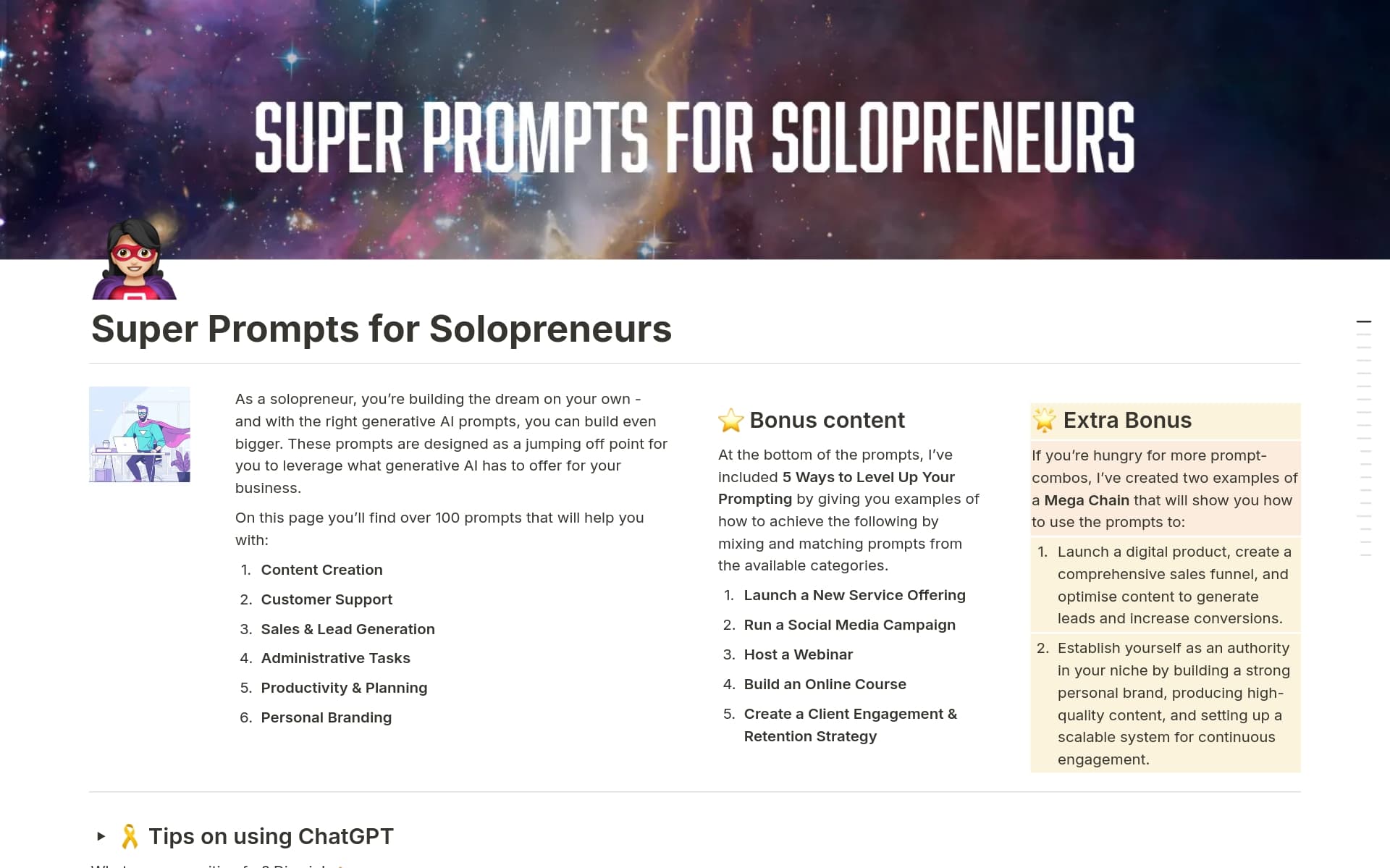Understanding your audience is crucial for creating content, products, or services that resonate with them. An Audience Details template in Notion can streamline the process of gathering and organizing information about your audience, helping you to tailor your offerings to their needs and preferences more effectively.
Before you start crafting your own Audience Details, take a look at these Notion templates to simplify and enhance your approach. They offer structured layouts and prompts to ensure you cover all necessary aspects of audience analysis.
What Should Audience Details Templates Include?
Choosing the right Audience Details Template in Notion can streamline how you understand and interact with your audience. Here are key components to look for:
Demographic Information: This should include age, gender, location, and occupation to help you tailor your content and marketing strategies effectively.
Engagement Metrics: Look for templates that track user interactions such as likes, comments, shares, and average time spent on your content.
Feedback and Surveys: A section dedicated to collecting and analyzing audience feedback can provide invaluable insights into their preferences and expectations.
Segmentation Capabilities: Effective templates should allow you to segment your audience based on various criteria, enabling personalized communication.
Selecting a comprehensive template empowers you to better connect with your audience, ensuring your strategies are as effective as possible.
What Should Audience Details Templates Avoid?
When selecting an Audience Details Template in Notion, it's important to be aware of certain features that might complicate or clutter your data management. Here are three key components to steer clear of:
Overly Complex Categories: Templates with too many specific categories can make data entry cumbersome and reduce usability. Opt for simplicity to enhance user experience.
Non-Customizable Fields: Avoid templates that don't allow you to modify fields. Flexibility is essential for tailoring the template to better fit your specific audience insights.
Heavy Use of Automation: While some automation can be helpful, too much can make the template rigid and difficult to adjust as your audience dynamics change.
Choosing the right template involves looking for simplicity, flexibility, and minimal automation to ensure it remains useful as your audience grows and evolves.



